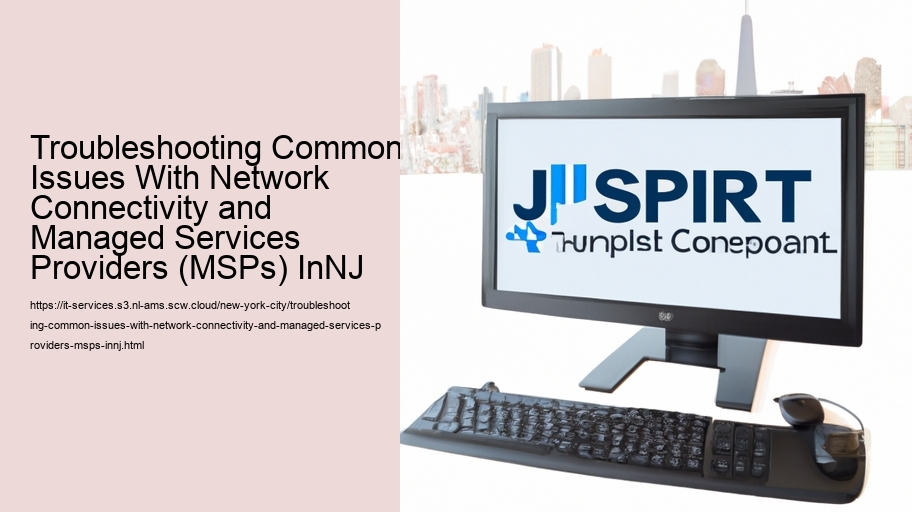Troubleshooting network connectivity and managed service provider (MSP) issues can be a daunting task. [object Object] Strategies for Improving Cybersecurity Through Effective IT Support Solutions . The complexity of the tasks involved often leads to frustration for many business owners in New Jersey. Fortunately, there are steps that can be taken to help address these common problems and restore normal operations.
First, it is important to identify the cause of the issue. This could involve checking hardware components like routers, switches, firewalls or cabling; running diagnostic tests on software applications; or even exploring an MSP's settings and configurations. Once the root cause has been identified, it is possible to take corrective action such as restarting equipment, reconfiguring systems settings or installing updates.
Next, organizations should consider reviewing their existing service levels with their MSPs. Many providers offer different tiers of support with varying levels of expertise and response time guarantees. If a problem cannot be resolved quickly enough in-house due to limited resources or technical knowledge, engaging an expert from a higher tier may resolve the issue more efficiently.
Finally, businesses should ensure they keep up with regular maintenance and upgrades on their systems and services by working closely with their MSPs. By proactively monitoring performance metrics like uptime and latency; applying patches when necessary; and testing backup solutions periodically - organizations can reduce future risks of disruption caused by unexpected outages or security breaches.
In conclusion, troubleshooting network connectivity and managed service provider issues requires patience as well as technical know-how in order to have successful results. Businesses must identify the source of any problems before taking corrective measures such as updating equipment or engaging higher level support personnel from an MSP if needed. Furthermore, ongoing maintenance should be conducted regularly to minimize any potential disruptions in service delivery going forward.
